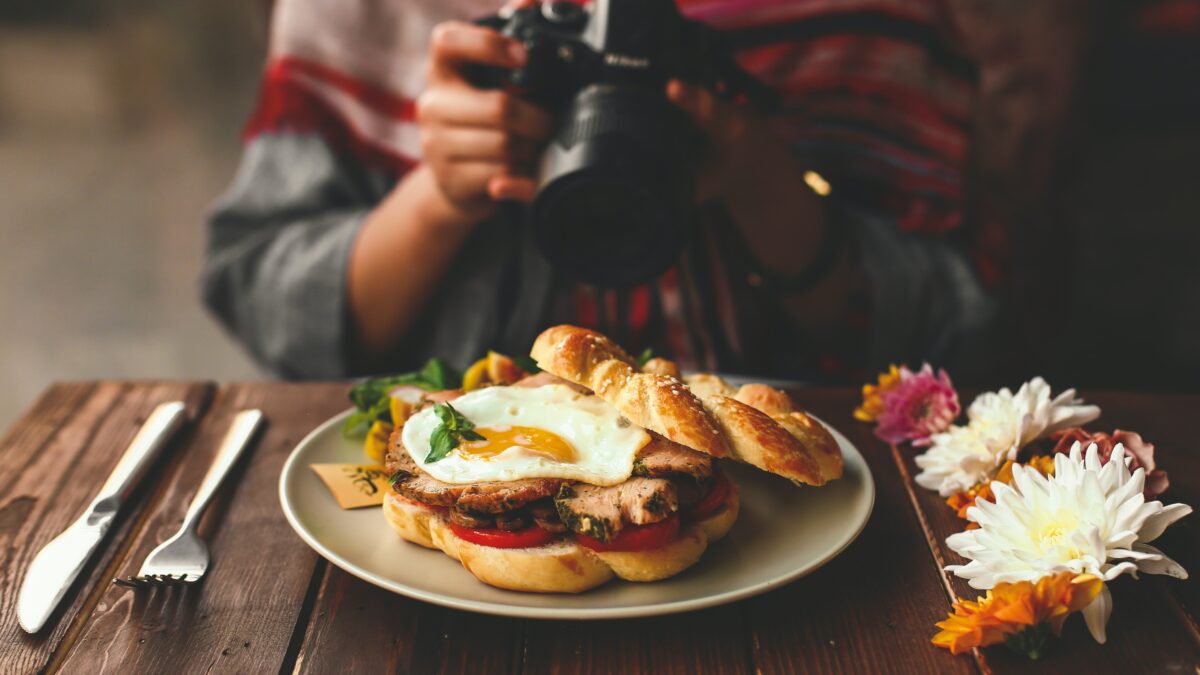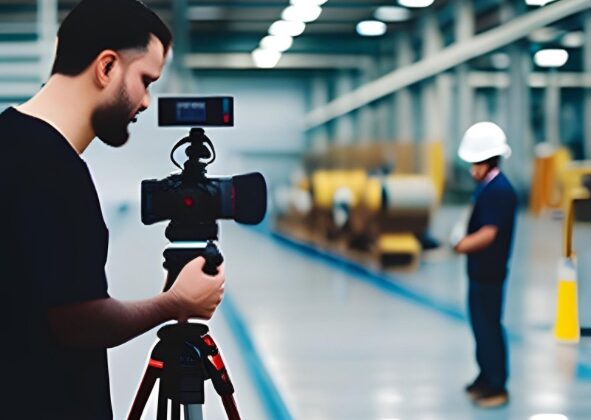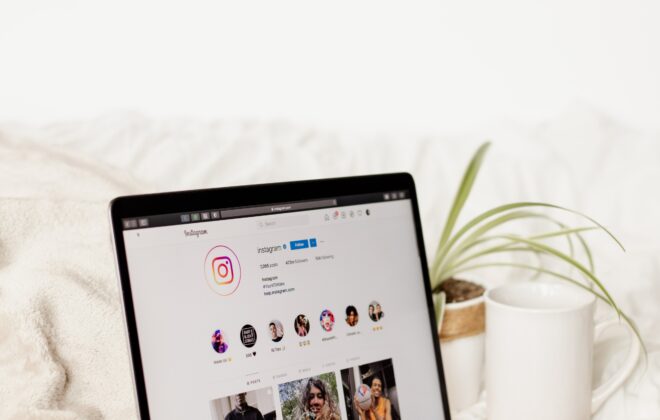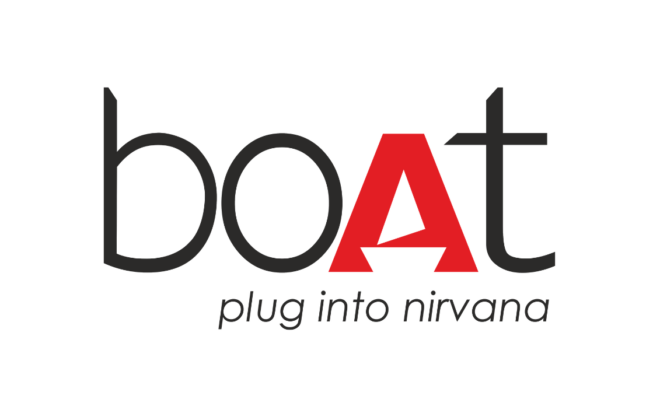Video Marketing and Production Guide for Restaurants
While the video production process looks mostly the same across all industries, there are nuances that take content for specific fields to the next level. The restaurant industry is one of those fields. If you’ve ever seen a food video that made your mouth water, you know just how powerful video content can be for restaurants. But since food is a more temperamental subject than most, restaurant productions also come with their own set of challenges and considerations.
This resource will be your guide through the video production process for restaurants. We’ll walk you through the two most popular video concepts for restaurant clients, which extra elements you’ll want to consider during pre-production, how to position the camera for the best food shots, and more. Stick around for your all-in-one walkthrough!
Popular Video Concepts for Restaurants
While many video types and styles work well for restaurants, there are two common concepts to explore: food-focused content and restaurant profiles. You’ve probably seen examples of both concepts on social media, but we’ll go into a bit more detail below, just in case.
Food-Focused Content
The purpose of food-focused content is—you guessed it—showing off your food! Whether you’re creating a recipe tutorial or just showcasing a mouth-watering dish, your food will be the star of the show.
If food-focused content is your goal, you’ll primarily film with top-down or 45-degree camera shots. This perspective helps viewers follow along with the dish without missing any of the action.
Restaurant Profiles
With a restaurant profile, you’ll focus a bit more on sharing the story and the culture behind your food. Your dishes can (and likely should) still make an appearance, but you’ll provide some background about how your restaurant came to be, the staff members that make the restaurant, and why viewers might want to come visit.
For this kind of video, you’ll likely want a mix of talking head interview shots, clips of the food (likely using the top-down or 45-degree camera shots we mentioned above), and b-roll that represents a day in the restaurant. The more viewers feel like they’re part of the restaurant family, the better your final content will be.
Preparing Your Shoot
Once you know which video concept you’ll focus on, here are a few more details to consider in the pre-production stage.
Hire a Food Stylist
Food stylists are invaluable for restaurant shoots. As you try to capture your food throughout your shoot day, it’s normal for most dishes and ingredients to lose their appeal the longer they sit. It’s not always feasible to get the perfect shot while the food is piping hot, and some food elements just don’t photograph well in the first place.
Food stylists know all the industry secrets to make your food look its best, like using soap suds in place of coffee foam for a longer-lasting equivalent. Lean on their expertise, but make sure not to eat the altered food after you wrap!
Include Still Photos in Your Shoot
As a restaurant owner, you’ll never have too many high-quality photos of your menu items. If you’re already preparing beautiful food to capture on video, plan to include still photos in your shoot timeline as well. This overlap is a great way to get extra value out of your production time.
Invite Customers on Shoot Day
If you’ll be filming any content around the restaurant itself, it typically helps for the space to look busy. Having customers in view—whether they’re the focus of a particular shot or just in the background—sends a signal to your audience that the restaurant is popular and desirable.
A great way to guarantee this outcome? Reach out to some or all of your customers to let them know about the shoot. Your most loyal patrons likely won’t mind being on camera, and they’ll also contribute to the ambiance in the restaurant.
Don’t Plan to Film During Peak Business Hours
At the same time, try to plan your call sheet around peak business hours. Unless your restaurant is only opening in a limited capacity on shoot day—or not really opening at all—it’s important for the staff to be able to meet customer needs as usual.
Try to account for mealtime rushes, and don’t expect to include the chef or other key staff members in shots during the busiest times of day. They still have a business to run!
Prep Most Food in Advance
Finally, if you’ll be working with many dishes throughout your production, plan to prep as many of the ingredients as possible. The last thing you want to worry about is slicing vegetables or measuring ingredients when your crew is on the clock!
Of course, if you’re filming a recipe tutorial or other how-to style content, you may want to save some of the prep for the camera, but you can still complete the most time-consuming tasks ahead of time. Then, when you’re ready to start filming, you’ll have a head start.
Post-Production Tips and Tricks
Align on a Visual Style
In the restaurant industry, some owners prefer unique, creative visuals for their videos, while others prefer a more standard look. If you have a particular look and feel in mind for your finished content, make sure to share that vision with your production team and not just your marketing team.
Better yet, find a video (or a few!) that’s similar to what you’re hoping to accomplish, and share any details you’d like to handle differently. From there, your editors will know exactly how to bring your clips to life.
Lean on On-Screen Text
On-screen text can be especially helpful in the restaurant industry, especially for food-centric videos. You can use on-screen text to list steps and ingredients as you progress through a recipe, call out the names of the menu dishes you show on-screen, and provide the names and titles of key staff members during interviews. These little details really tie the final product together.
Bon Appétit!
Feeling inspired to capture your restaurant on camera? Use these tips for your next production, or lean on the Lemonlight team for custom guidance. We love our restaurant clients!
So If you are thinking of building your empire, contact us- Realm Studios. We love to build films.





